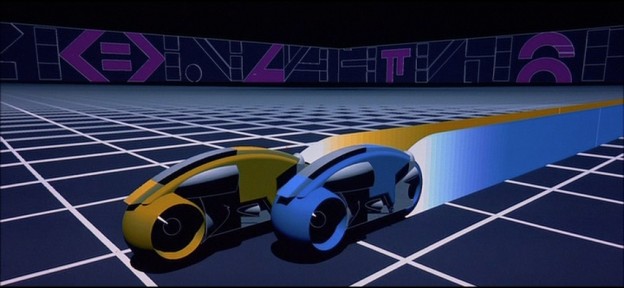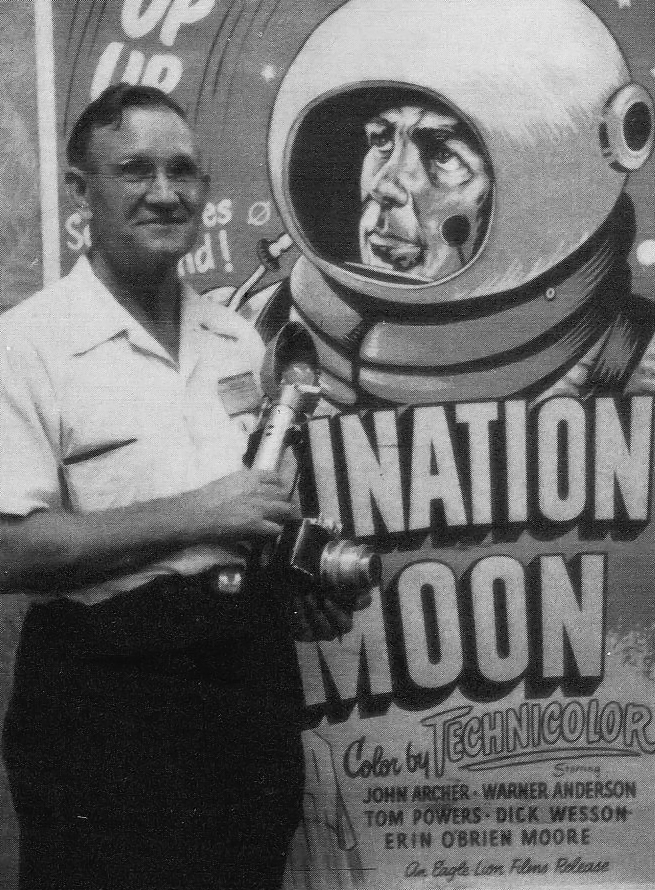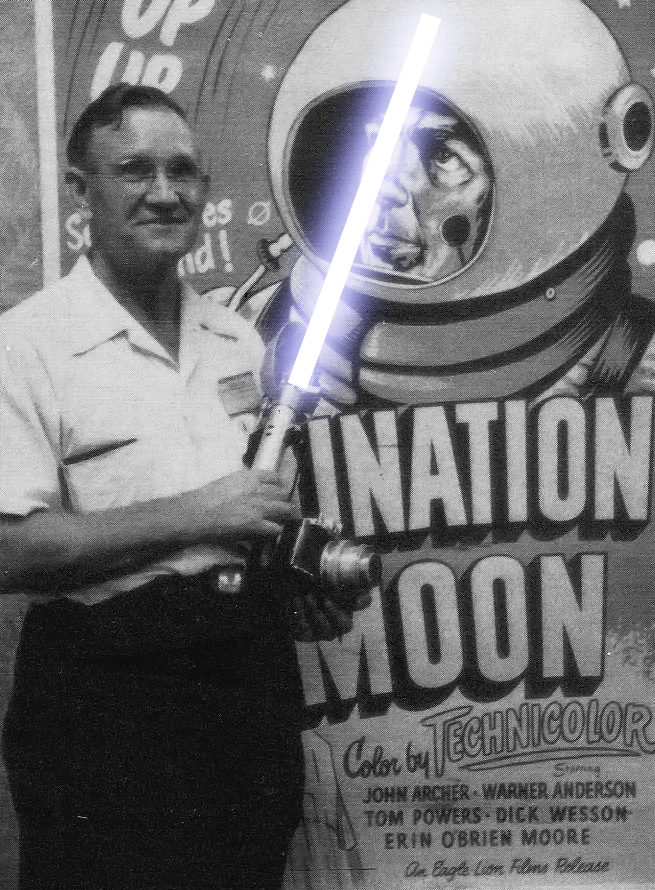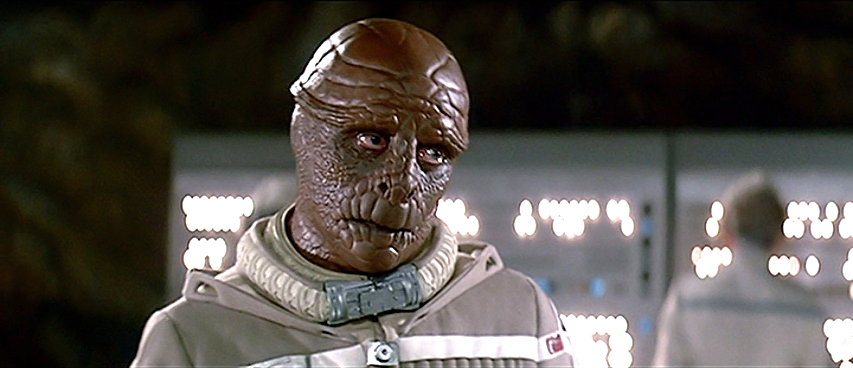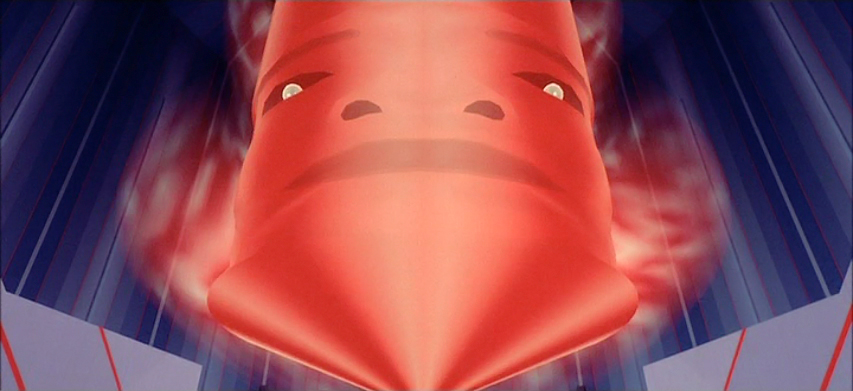Trying to figure out what is the “best” of any genre is kind of a fool’s errand. What makes something the best is a highly subjective thing, and it’s very rare to find consensus. But the decision is pretty much in when it comes to arcade video games: Atari’s Star Wars, released 40 years ago on May 5, 1983, is a sure bet for the greatest arcade game ever made.

Game designer Mike Hally worked on a lot of other classics at Atari, including producing the deviously difficult Gravitar (1982) and the raster graphics classic Indiana Jones and the Temple of Doom (the best thing associated with the movie). He also directed the Atari System 1 graphical extravaganza Road Runner in 1986, and designed the lightgun shooter Area 51 for Atari in 1995, among other works. It’s to the great credit of his Star Wars arcade game that it lives up to the original material. The project was based off an earlier unfinished game titled Warp Speed by Battlezone creator Ed Rotberg. With a working title like that, one thinks that maybe Rotberg was thinking Star Trek other than Star Wars. Utilizing Atari’s colour Quadrascan vector graphics hardware, Hally’s game totally immersed players in a galaxy far, far away… especially if they were playing the sit-down cockpit version. The game covered the action that takes place in the film’s final reel: Luke Skywalker as Red Five, joining the attack against the dreaded Imperial Death Star. Controlling Luke’s X-Wing fighter, gamers fended off a wave of enemy TIE fighters, then swooped down into the famous Star Wars trench scene in a race to deliver the final shot into the exhaust port, then out in time to watch the great conflagration as the deadly technological terror explodes. Then rinse and repeat, as the TIE fighters became more numerous and active, and the surface defenses of the Death Star increased in complexity and difficulty, all while digitized voices of R2-D2, Luke, Han Solo and Obi Wan urge on the gamer, accompanied by snippets of John Williams’ iconic score.
Just one interesting story about the game is when, on August 10, 1983 Atari unveiled the game for George Lucas at his Marin County, California HQ. The gathered designers and Atari and Warner Bros. (mother corp. of Atari) execs looked on as Lucas sat down in the cockpit version of the game and played it for the first time. With his trademark taciturn demeanor, the Atari people started to sweat as Lucas stayed stone-faced, showing little enthusiasm as he played. Lucas finally emerged from the cockpit saying “That was great!”, and everyone started breathing again. BTW, this special version of the cockpit Atari Star Wars cabinet had a plaque mounted on it, reading: “A special thanks for creating the Force behind so much fun.”

If you’d like to find out more, you can read, watch, listen and play the history of Atari here at The Dot Eaters: https://thedoteaters.com/?bitstory=bitstory-article-2/pong-and-atari












